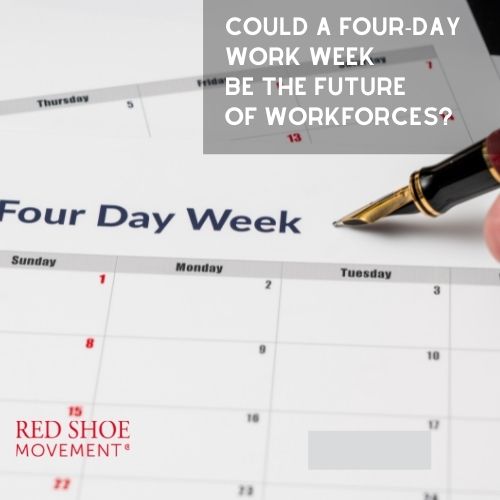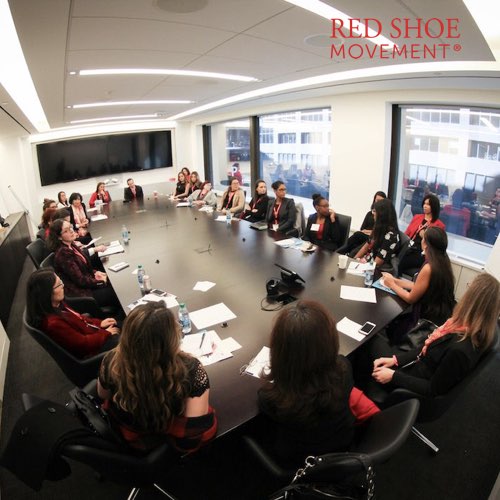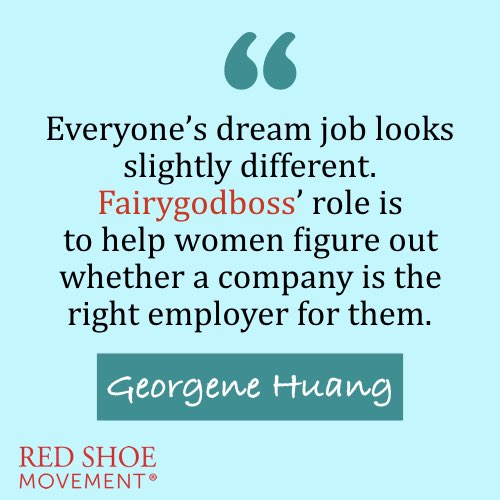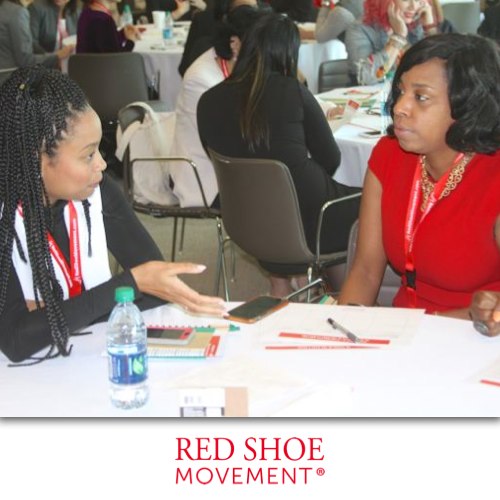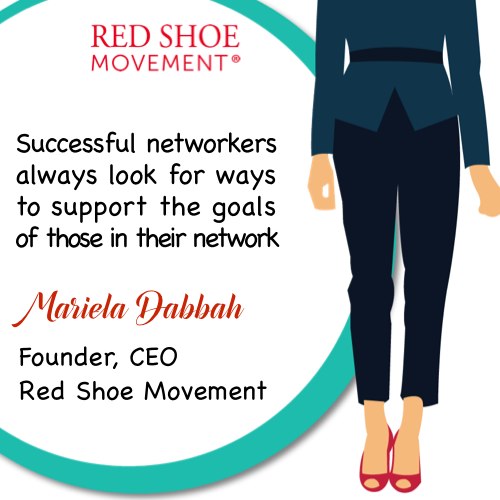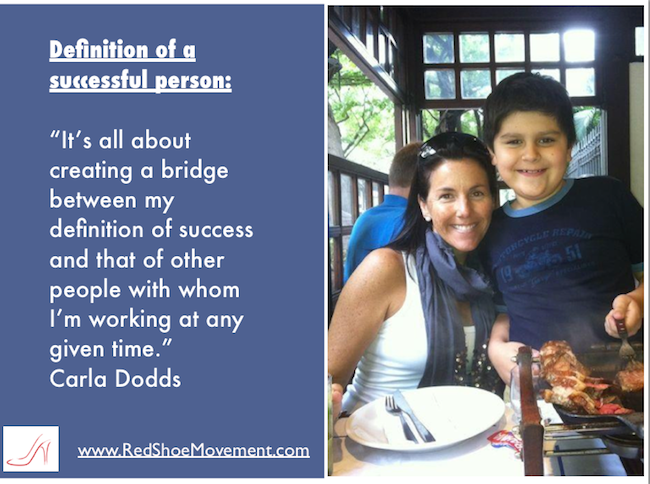If you want the definitive answer to retaining talent, you must figure out how to engage employees. Read about the consequences and how to avoid them.
Jess (40) had been working for many years in sales and marketing at several large communications companies. It was interesting meeting people and attending networking events, and to tell you the truth, she was pretty good at it. But love it? She did not.

In the past she had turned down offers for promotions because she didn’t want the added responsibilities. Her last job, a large bilingual media platform, was no different. Intent on retaining talent, her boss felt lost at her refusal when he offered her a promotion that came with a substantial salary increase. He knew that rule number one in the “how to engage employees” manual was to offer them growth opportunities. So here he was, doing what he was expected to do and failing miserably at retaining a kind of expertise that was hard to come by. What was the problem?
Nowadays retaining talent involves much more than following traditional rules
Yup. The old rules don’t apply any more. If you’re really interested in engaged employees that lead to retaining talent, and particularly women and people with diverse backgrounds, you have to look beyond the obvious. (You can also read What is Employee Engagement.) Throwing around what may seem to you, as a “great promotion” or a “wonderful growth opportunity” is not how to engage employees effectively. Why? Because if Jess is not interested in sales and marketing, she will probably have no inclination to invest emotional and intellectual resources in that field. She’ll probably do what she needs to get by, or even to reach middle management. But that’s it. If she doesn’t find a modicum of honest interest in the space, she won’t go as far as you envision her going.
The question is: Should her boss continue to fund sales and marketing courses for Jess in hopes of turning her around? Or should he rather find out what excites her so he can help accelerate her career growth in a different area? The latter is much likelier to result in retaining the talent you can’t afford to lose.

Here’s what happened with Jess — When the “how to engage talent” question is ignored.
Unhappy at work and not sure what to do about it, Jess attended a few Red Shoe Movement Signature events in search for what interested her. She participated in our mutual mentoring circles and used the occasion to explore her motivations and aspirations. It wasn’t long before she realized she wanted to be a lawyer. She would still love to work in the communications industry but not in the sales or marketing functions. So she went back to school while holding a part time job in the communications department of a small law firm. She also signed up for the RSM Step Up Program so she could continue to strengthen her soft and hard skills.

Fuel Your Employees Career Growth
Could this outcome have been avoided?
Well, when it comes to Jess going back to school to seek a law degree at 40, that’s obviously something she needed to do. What could’ve been avoided is for her organization to lose her in the process. They could’ve offered her a part time job in the company’s legal department while she finished school. And once she passed the bar exam, she could have rejoined her company as a full-time lawyer.
The way things worked out, several companies lost the chance of retaining employees as valuable as Jess’ for sticking to a book of rules that no longer applies.































































